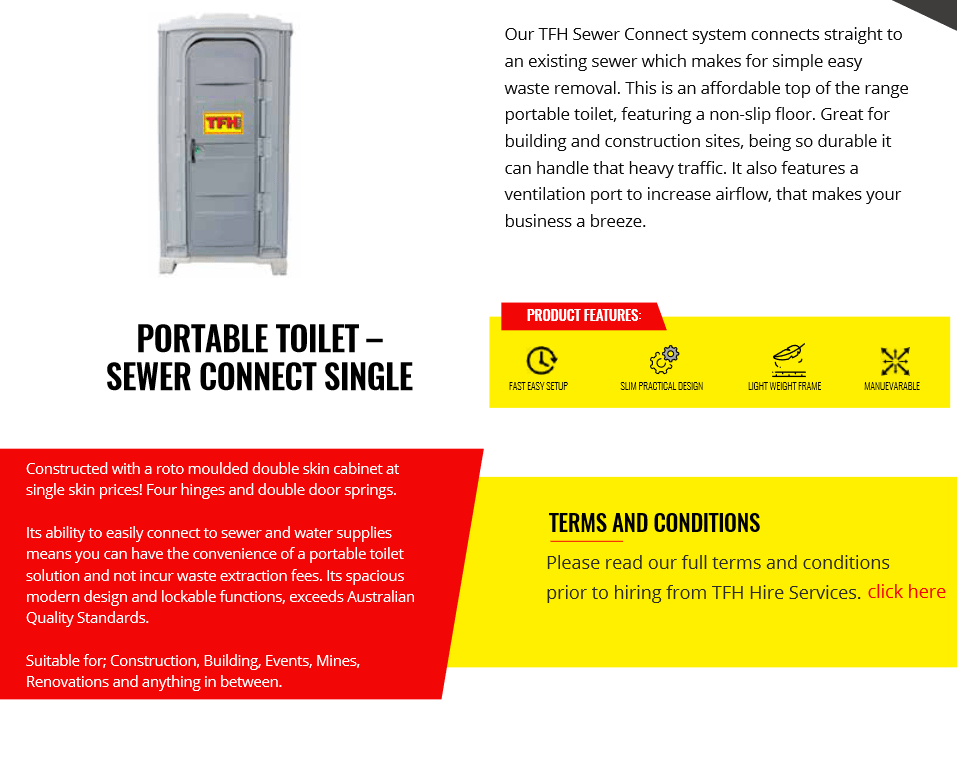The Only Guide to Reclaim Waste
The Only Guide to Reclaim Waste
Blog Article
What Does Reclaim Waste Mean?
Table of ContentsNot known Facts About Reclaim WasteSome Ideas on Reclaim Waste You Need To KnowA Biased View of Reclaim WasteReclaim Waste for DummiesHow Reclaim Waste can Save You Time, Stress, and Money.
Check out the types, events, and types of fluid waste. Domestic sewer waste refers to the waste and items from a domestic sewage-disposal tank. This kind of waste is developed by people in homes, institutions, and various other structures. This only includes septic systems that have a drainpipe area. The appropriate administration and disposal of domestic sewer waste require fluid waste to be moved to a sewage treatment plant where the correct approaches and devices are used to detoxify and deal with waste.
Industrial waste typically consists of prospective hazards, such as combustible materials or a mix of fluid and solid waste items, and calls for an advanced and in-depth disposal process. The disposal of business waste typically includes the filtration of waste prior to transportation to make sure secure and proper disposal. Industrial waste is developed from results and runoff of commercial processes and production.
This kind of waste can not make use of the same sewer monitoring transport or procedures as septic or business fluids. The commercial waste monitoring procedure calls for the inspection and testing of fluid waste prior to it goes through the disposal procedure (liquid waste removal melbourne). Overflow waste is the liquid waste that comes from runoff and excess stormwater in highly populated locations or cities
Overflow waste can create contamination and flooding if not taken care of effectively. Making sure correct waste administration can avoid calamities and minimize environmental injury.
Some Of Reclaim Waste
Call PROS Services today to learn more about our waste monitoring and disposal services and the proper means to look after the liquid waste you produce.
(https://writeablog.net/reclaimwaste1/reclaiming-resources-a-comprehensive-guide-to-industrial-wastewater-treatment)This so-called 'wastewater' is not just a vital source yet, after treatment, will certainly be released to our land, waterways or the sea. Made use of water from toilets, showers, baths, kitchen sinks, washings and industrial processes is recognized as wastewater.

water used to cool machinery or clean plant and equipment). Stormwater, a type of wastewater, is overflow that streams from agricultural and metropolitan locations such as roofings, parks, yards, roads, paths and seamless gutters into stormwater drains pipes, after rain. Stormwater streams untreated straight to regional creeks or rivers, at some point getting to the ocean.
The Definitive Guide for Reclaim Waste
In Queensland, many wastewater is dealt with at sewer therapy plants. Wastewater is transferred from domestic or industrial websites through a system of drains and pump stations, understood as sewage reticulation, to a sewer therapy plant.
The Division of Natural Resources advises neighborhood governments concerning handling, operating and preserving sewerage systems and treatment plants. In unsewered locations, city governments might need owners to mount specific or family sewer therapy systems to deal with domestic wastewater from toilets, kitchen areas, washrooms and washings. The Department of Natural Resources authorises the use of household systems when they are confirmed to be reliable.
The majority of stormwater obtains no treatment. In some brand-new subdivisions, therapy of some stormwater to eliminate litter, sand and gravel has actually begun making use of gross pollutant catches. Wastewater treatment occurs in 4 phases: Removes strong issue. Bigger solids, such as plastics and other things wrongly released to drains, are removed when wastewater is passed via displays.
Wastewater after that flows right into big storage tanks where solids resolve and are eliminated as sludge. Oil and scum are skimmed from the surface. Makes use of small living microorganisms called micro-organisms click for more to break down and eliminate remaining liquified wastes and fine fragments. Micro-organisms and wastes are integrated in the sludge. Eliminates nitrogen and phosphorus nutrients that could trigger algal blossoms in our rivers and endanger marine life.
The 6-Minute Rule for Reclaim Waste
Nutrient elimination is not available at all sewage therapy plants since it needs expensive specialised devices. It is coming to be much more common in Queensland. Clear liquid effluent produced after treatment may still include disease-causing micro-organisms. If this effluent is launched right into rivers such as rivers or the sea, the micro-organisms will ultimately die out.

This typically means wastewater has actually to be treated or impurities gotten rid of before it can be discharged to waterways. The majority of wastewater moves into the sewage system. Under the Act, local governments provide approvals and licences for ecologically pertinent activities (ERAs) entailing wastewater launches that may have a regional impact. The division administers authorizations and permits to ERAs entailing wastewater launches that may have a local or statewide effect.
The 2-Minute Rule for Reclaim Waste
Otherwise, samples are considered laboratory analysis. Frequently many tests are needed to develop the degrees of each of the various toxins such as oils, hefty metals and pesticides in water. Surveillance provides valid details about water high quality and can verify that permit problems are being fulfilled. The information acquired with tracking provides the basis for making water high quality choices.
Report this page